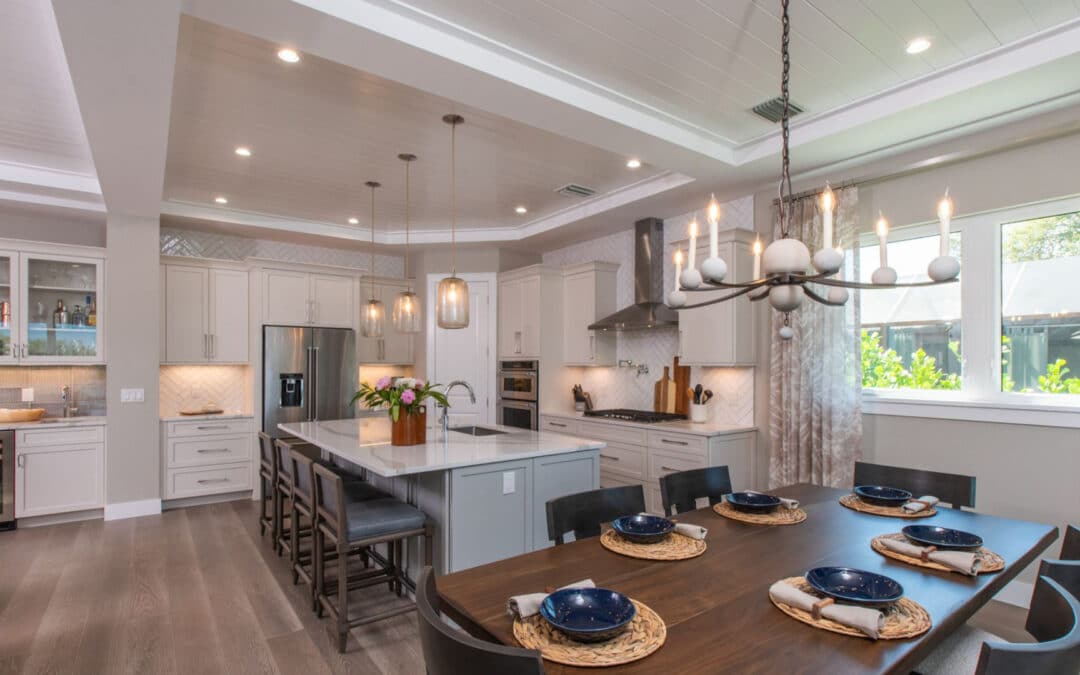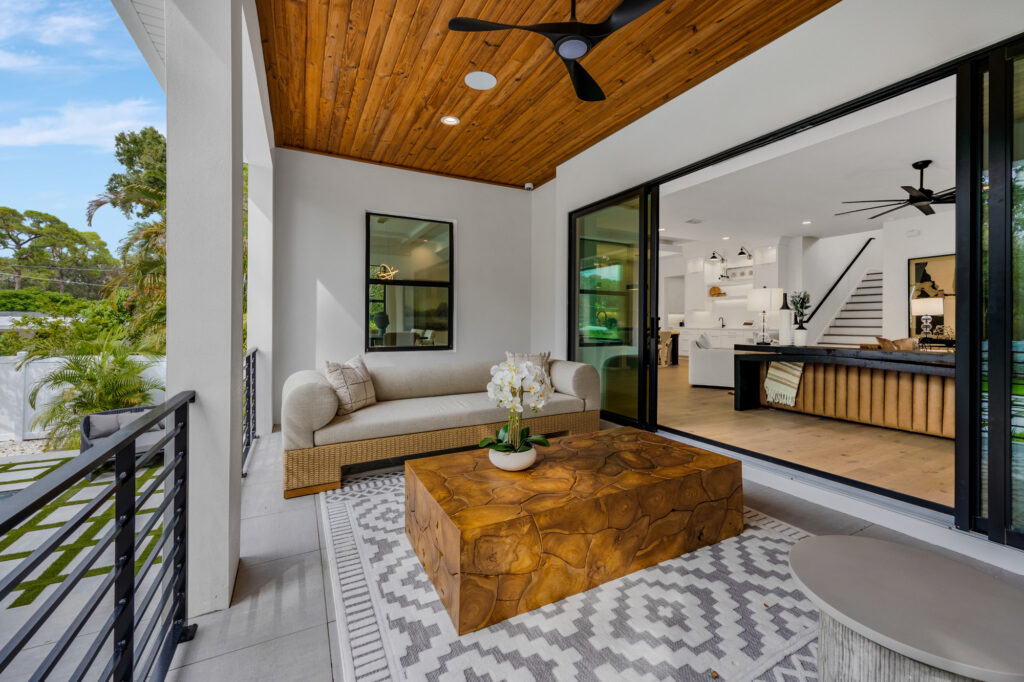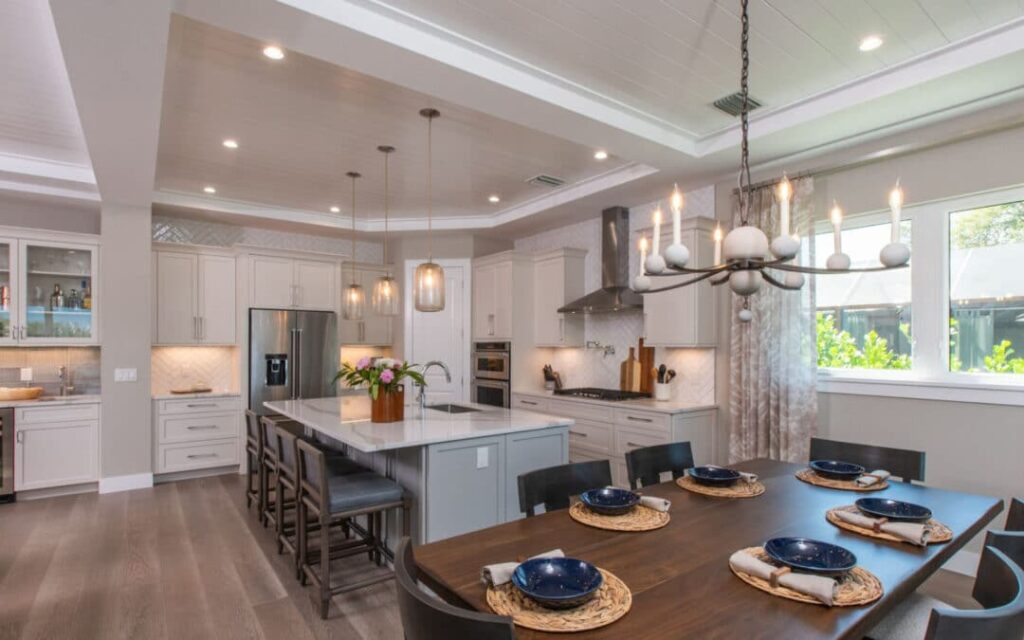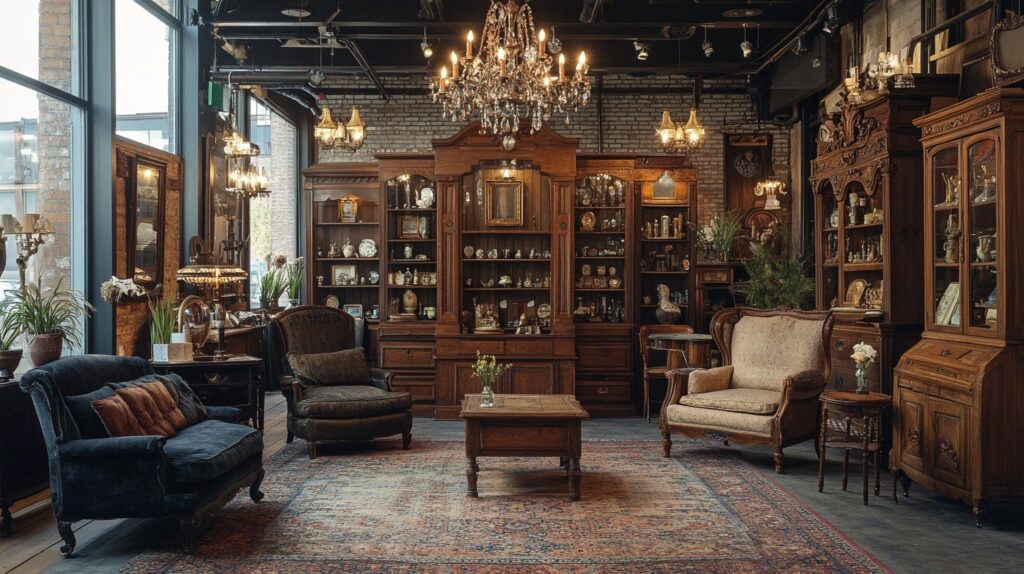Lighting has always been more than just a way to brighten our surroundings. From the invention of the light bulb to the rise of energy-efficient LEDs, every stage of innovation has reshaped how we live, work, and feel in our environments. Today, lighting is no longer limited to illumination—it’s about ambiance, sustainability, and intelligent control. The future of lighting promises spaces that are not only visually striking but also environmentally responsible and responsive to our lifestyle needs.
In this blog, we’ll explore how lighting is evolving with three key trends—ambiance, sustainability, and smart control—and why these innovations will redefine homes, offices, and public spaces across the globe.
The Shift Toward Ambiance in Lighting
Lighting design is stepping beyond function into the emotional and experiential realms. Ambiance has become the heart of modern lighting strategies, influencing how spaces make us feel and perform.
Lighting as a Mood Enhancer
Different lighting tones and intensities directly affect our mood and productivity. Warm lighting creates a cozy, intimate atmosphere, while cool lighting promotes concentration and energy. In modern interiors, dynamic lighting systems allow homeowners and businesses to adjust brightness and color tones according to the moment—whether for relaxation, focused work, or social gatherings.
Human-Centric Lighting
The emerging concept of human-centric lighting focuses on aligning artificial lighting with our body’s natural circadian rhythm. By mimicking natural sunlight patterns throughout the day, these systems optimize energy levels, regulate sleep cycles, and contribute to overall well-being. For instance, soft morning light can help us wake up naturally, while warmer evening tones signal relaxation before bedtime.
Ambiance in Commercial Spaces
Ambiance-driven lighting is also shaping retail and hospitality industries. Restaurants use lighting to craft inviting environments, luxury brands rely on it to highlight products, and hotels integrate it to enhance guest experiences. Tomorrow’s commercial spaces won’t just be lit—they’ll be designed to emotionally connect with visitors.
Sustainability: Lighting the Green Way
Sustainability is no longer a buzzword—it’s a necessity. With mounting concerns about climate change and rising energy demands, the lighting industry is at the center of the transition toward greener solutions.
Rise of Energy-Efficient Lighting
LED technology has already revolutionized the sector by consuming up to 80% less energy than traditional incandescent bulbs. Beyond LEDs, innovators are now exploring organic LEDs (OLEDs), which are thinner, more flexible, and capable of producing uniform ambient light with lower energy consumption. This shift ensures reduced electricity bills while decreasing environmental impact.
Smart Energy Management
Sustainable lighting doesn’t just depend on efficient bulbs—it also relies on smart energy management. Sensors, timers, and adaptive controls automatically adjust lighting based on occupancy, daylight availability, and user preferences. This prevents energy wastage in residential, commercial, and industrial spaces.
Eco-Friendly Materials and Circular Design
Sustainability also emphasizes how lighting products are made and disposed of. Manufacturers are leaning into circular design, creating fixtures with recyclable materials and replaceable parts to extend product lifespan. Additionally, biodegradable packaging and modular lighting systems make it easier to repair and upgrade instead of discarding.
Reducing Carbon Footprint Globally
The global adoption of sustainable lighting has immense potential. According to energy studies, replacing all conventional bulbs worldwide with efficient lighting solutions could save billions in electricity costs while drastically reducing carbon emissions. For nations pushing toward net-zero targets, lighting innovations are an essential lever in reaching those goals.
Smart Control: The Future of Everyday Lighting
The future of lighting is inseparable from technology. Smart control systems are redefining how we interact with light, shifting from manual switches to voice commands, apps, and AI-powered automation.
Intelligent Home Lighting
In smart homes, lighting can now be controlled via smartphones, smart speakers, or even wearable devices. Imagine adjusting the lights in your living room with a voice command or programming a bedtime routine where lights gradually dim as your favorite playlist starts playing.
Lighting Automation and Personalization
Automation makes lighting highly personalized. For example, smart controls can dim lights automatically when you start a movie or brighten pathways when you arrive home late at night. Integration with motion sensors ensures that no energy is wasted in unused rooms.
AI-Powered Adaptive Lighting
Artificial intelligence and IoT are pushing boundaries with adaptive lighting systems that learn user behavior. These systems analyze when and how you use lighting and adjust settings accordingly, ensuring both convenience and efficiency.
Integration with Smart Ecosystems
Smart lighting is also connecting seamlessly with broader smart ecosystems. From linking with thermostats to working in sync with home security systems, intelligent lighting provides more than just illumination—it strengthens comfort, safety, and overall lifestyle experience.
Key Benefits of Next-Generation Lighting
Enhancing Well-being
With ambiance-driven and human-centric lighting, people experience better sleep patterns, improved mood, and higher productivity.
Energy and Cost Savings
Smart and sustainable lighting systems significantly lower utility bills while reducing global resource strain.
Environmental Impact
Eco-friendly lighting reduces waste, cuts carbon emissions, and supports climate-friendly living.
Convenience and Control
Smart lighting gives users the freedom to control light remotely, automate settings, and tailor spaces to different activities with minimal effort.
Future Trends to Watch
The next decade will elevate lighting into new frontiers. Here are emerging innovations set to shape the future:
- Li-Fi Technology: Using light waves instead of radio frequencies to transmit data faster than Wi-Fi.
- Solar-Integrated Lighting: Off-grid solutions powered entirely by renewable solar energy.
- Biophilic Design Lighting: Integrating natural light simulations for healthier indoor spaces.
- Wearable Lighting Interfaces: Portable, personal light zones controlled through smart wearables.
These innovations will not only enhance lifestyles in developed countries but also provide scalable, affordable solutions for developing regions aiming to leapfrog traditional infrastructures.
Conclusion
The future of lighting is not just about brighter spaces—it’s about smarter, greener, and more immersive environments. Ambiance-driven designs will enrich human experiences, sustainable innovations will protect the planet, and smart controls will transform how we live day to day.
For homeowners, businesses, and governments looking ahead, embracing these advances is not optional but essential. As the world moves toward a future marked by intelligent sustainability, lighting will be at the very center of that transformation.
Call-to-Action:
Are you ready to embrace the future of lighting? Begin by exploring sustainable and smart lighting solutions for your home or business today. Future-ready lighting isn’t just an upgrade—it’s a lifestyle shift that benefits you, your wallet, and the planet.






